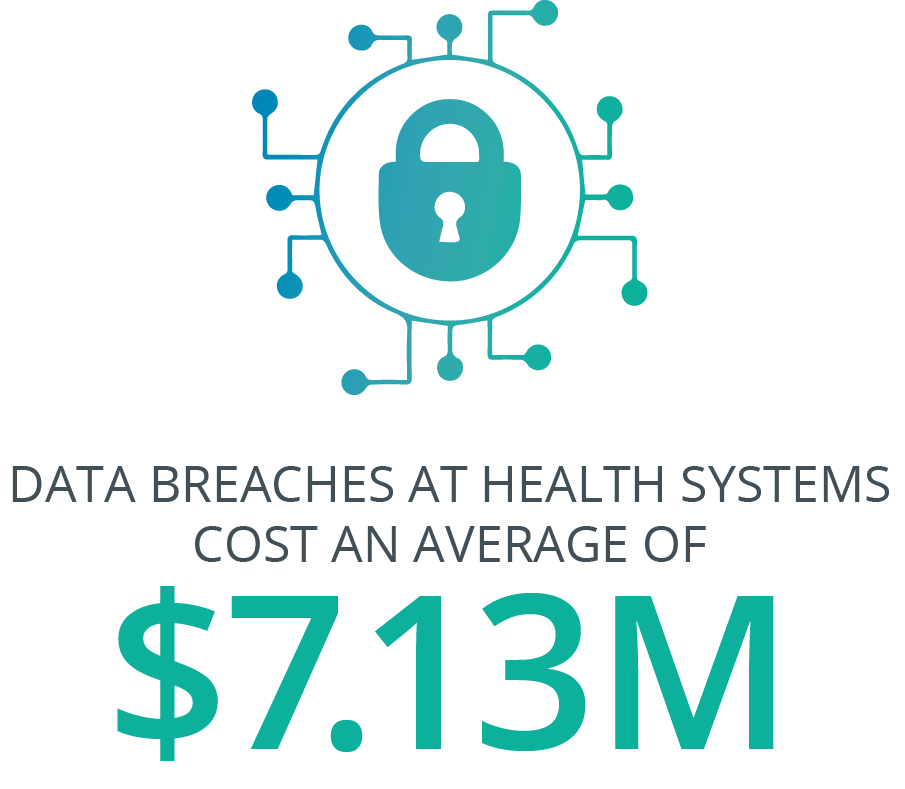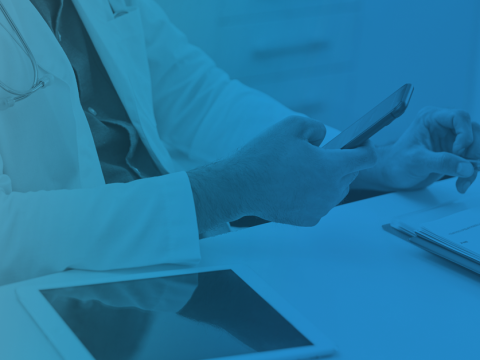
Returned Goods Process: What to Track and Document
November 18, 2021
TAG, Inc. Announces Record Year for 2021
January 7, 2022Increased levels of connectivity, remote working, telemedicine, and automation have heightened the need to strengthen health systems’ cybersecurity. The FBI and Internet Crime Complaint Center’s (IC3) reported that complaints of cybercrime nearly doubled from 2019 - 2020 before hitting a record total of almost 800000 complaints. Furthermore, data breaches at health systems cost an average of $7130000 caused by downtime and new security measures.
Cybersecurity Strategies for Attack Prevention at Health Systems

1. Practice vigilance and good cyber hygiene.
Healthcare organizations must gain awareness of cybersecurity risks and practice good cyber hygiene across all devices including mobile phones, tablets, and computers.What is Cyber Hygiene?
Cyber hygiene is the process that users and organizations take to improve and maintain their cyber security on mobile devices and computers. This means implementing a security-centric mindset that becomes a habit and part of everyday operation and routine.Issues that arise without Cyber Hygiene
- Data loss that is vulnerable to hacking and corruption
- Erroneous data
- Security breaches from sources such as phishing, hacking malware, and more
- Out-of-date and old software and applications
2. Educate End Users about Cyber Risks.
Healthcare organizations should continuously educate users on phishing and social engineering defense tactics. The largest vulnerability in cyber security lies with the human factor. Therefore, it is essential to provide ongoing, consistent education to end users often led by the IT department.3. Apply Password Management Best Practices
To further reduce the “human factor” and decrease the threat of cyber-attacks, healthcare organizations must force their users to reset passwords on a frequent and consistent basis.How can all healthcare staff do their part to protect their patients?
Password management can make or break the threat of cyberattacks and act as the first line of defense for unwelcome users in networks, devices, and systems. IT departments must be diligent in enforcing password updates regularly – a minimum of every 90 days. Passwords must also be considered strong and users must use unique passwords at every update. On top of frequent password updates, IT departments must always implement multi-factor authentication (MFA). In fact, Microsoft reported MFA blocks 99.9% of automated attacks.How can all healthcare staff do their part to protect their patients? Learn how.
4. Utilize a Zero Trust Security Model
With the rise of security breaks and ransoms in healthcare starting in 2020, health systems must look to innovative their security models such as the Zero Trust framework. Using this aggressive approach, an organization verifies anything and everything trying to connect to its systems before granting access.What is Zero Trust Security?
Zero Trust is a framework for security that takes MFA to a new level by requiring all users on all networks to be continuously authenticated, authorized, and validated.5. Control System and Network Access
Controlling and continually managing the access of an organization’s network and systems such as the EHR and EMR is essential to protecting patient and employee data. There are several layers and strategies for access control to create a more secure network.User Access Control
Utilize role-based access and permission to applications and systems. This requires creating user roles and limiting access based on those roles to control what users can see and edit on a “need to know” basis.Limit Network Access
Wireless routers at health systems should operate in encrypted mode making them only accessible to permitted devices that can pick up their signal. Separate guest networks should be set up for public use throughout the health system.6. Use Mobile Device Management
With health system staff on the go, mobile devices and secure data are as well. This provides a constant challenge keeping information safe. Learn more about the benefits of mobile device management (MDM) programs.With the waves of cyber-attacks rushing in, health systems must be vigilant and utilize these tips when designing or updating their security protocols. As part of our IT optimization and telecom expense management (TEM), we offer cybersecurity solutions to protect patient and organizational data. Use our buying power and stay secure. Contact us now to learn more.


